What is a Crankshaft Positioning Sensor?
A crankshaft positioning sensor is a vital component in modern engines. It helps monitor the position and rotational speed of the crankshaft. This information aids in controlling fuel injection and ignition timing, ensuring optimal engine performance.
Definition and Functionality
The crankshaft positioning sensor detects the rotational position of the crankshaft. It sends signals to the engine control unit (ECU). The ECU uses these signals to regulate fuel injection and spark timing. This keeps the engine running smoothly and efficiently. Without it, the engine may misfire or fail to start.
Types of Crankshaft Sensors
There are primarily three types of crankshaft positioning sensors:
- Magnetic Inductive Sensors: These use magnets and coil assemblies to detect crankshaft movements. They are commonly found in older engines.
- Hall Effect Sensors: These detect changes in magnetic fields caused by the crankshaft. They provide better precision and are widely used in modern systems.
- Optical Sensors: These use light beams to detect crankshaft rotation. They are less common due to sensitivity to dirt and debris.
Each type serves the same purpose but varies in durability, precision, and technology. Vehicle manufacturers choose based on engine design and cost considerations.
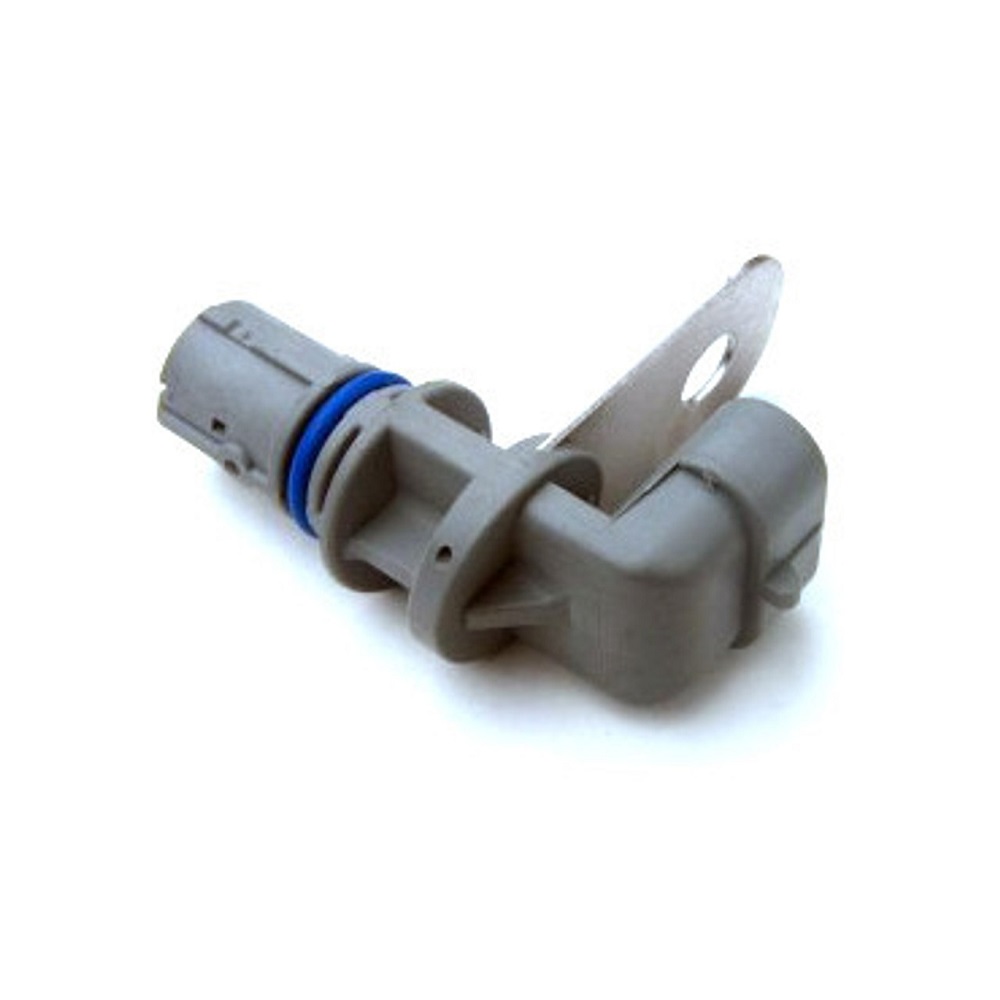
The Importance of Positioning Sensors in Vehicles
Crankshaft positioning sensors play a critical role in vehicle performance and efficiency. They ensure engines run smoothly by precisely monitoring the crankshaft’s position and speed. Here’s why they matter:
Role in Engine Performance
The crankshaft positioning sensor directly influences the engine’s performance. It provides essential data to the Engine Control Unit (ECU). This data helps the ECU manage fuel injection and ignition timing with accuracy. Proper timing ensures the engine produces maximum power efficiently. It also prevents issues like engine misfires, stalling, or rough idling. Without this sensor, critical processes like combustion timing would fail.
Impact on Fuel Efficiency and Emissions
A well-functioning crankshaft positioning sensor helps reduce fuel consumption. By delivering accurate rotational data, it ensures the engine operates at the ideal fuel-to-air ratio. This balance lowers fuel wastage and enhances mileage. Additionally, the sensor plays a key role in controlling emissions. With precise timing, the engine burns fuel more cleanly, reducing exhaust pollutants. This helps vehicles meet environmental standards and support a greener planet.
In summary, the crankshaft positioning sensor is essential for optimal engine performance and efficiency. It improves driving experience and reduces environmental impact by optimizing fuel use and emissions.
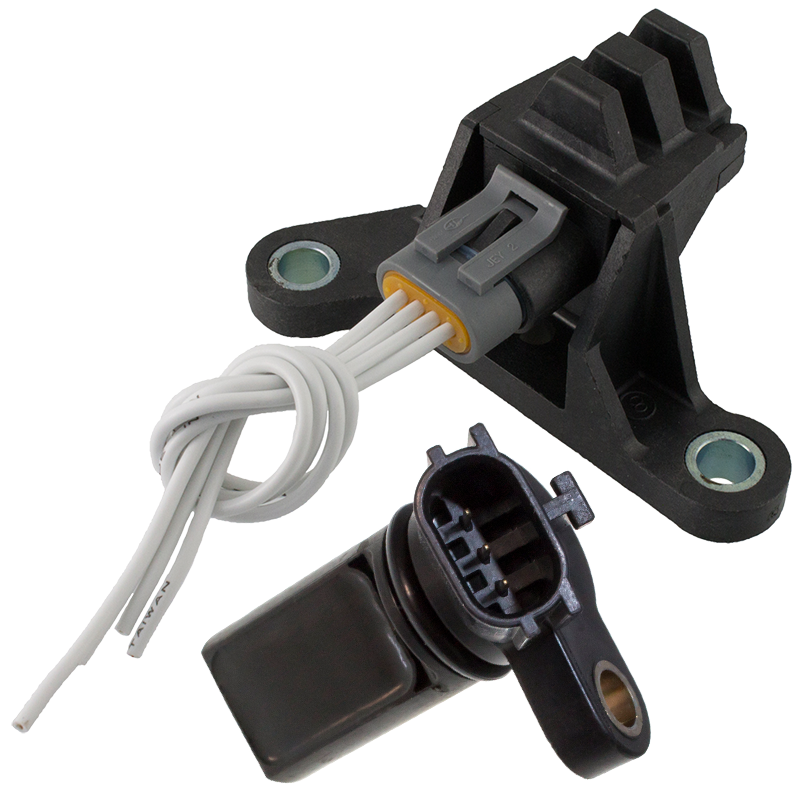
How Does a Crankshaft Positioning Sensor Work?
A crankshaft positioning sensor works by monitoring the crankshaft’s rotation and position. It sends this critical data to the engine control unit (ECU). This helps the engine maintain precise timing for fuel injection and spark ignition.
Key Mechanisms and Components
The crankshaft positioning sensor relies on several key components and mechanisms:
- Sensing Element: This could be magnetic, Hall-effect, or optical-based. It detects the movement of the crankshaft.
- Trigger Wheel or Target Wheel: Attached to the crankshaft, it has teeth or notches that the sensor detects. The sensor identifies the rotational speed and position as these teeth pass.
- Wiring and Connectors: These send the sensor’s signals to the ECU, ensuring quick and accurate transmission.
- ECU: The ECU processes the data from the sensor to control essential engine functions.
These components work together, ensuring the engine performs optimally at all times.
Interaction with Other Engine Systems
The crankshaft positioning sensor coordinates closely with several engine systems:
- Fuel Injection System: It helps the ECU time the injection of fuel into the engine. This prevents misfires and improves performance.
- Ignition System: The sensor ensures the spark happens at the right moment for efficient combustion.
- Camshaft Position Sensor: It works with this sensor to determine cylinder positions for precise engine timing.
- Diagnostic Systems: The sensor supplies real-time data for identifying issues and optimizing engine performance.
In summary, the crankshaft positioning sensor serves as the brain’s assistant for managing engine timing. Its smooth interaction with other systems is vital for consistent performance and efficiency.
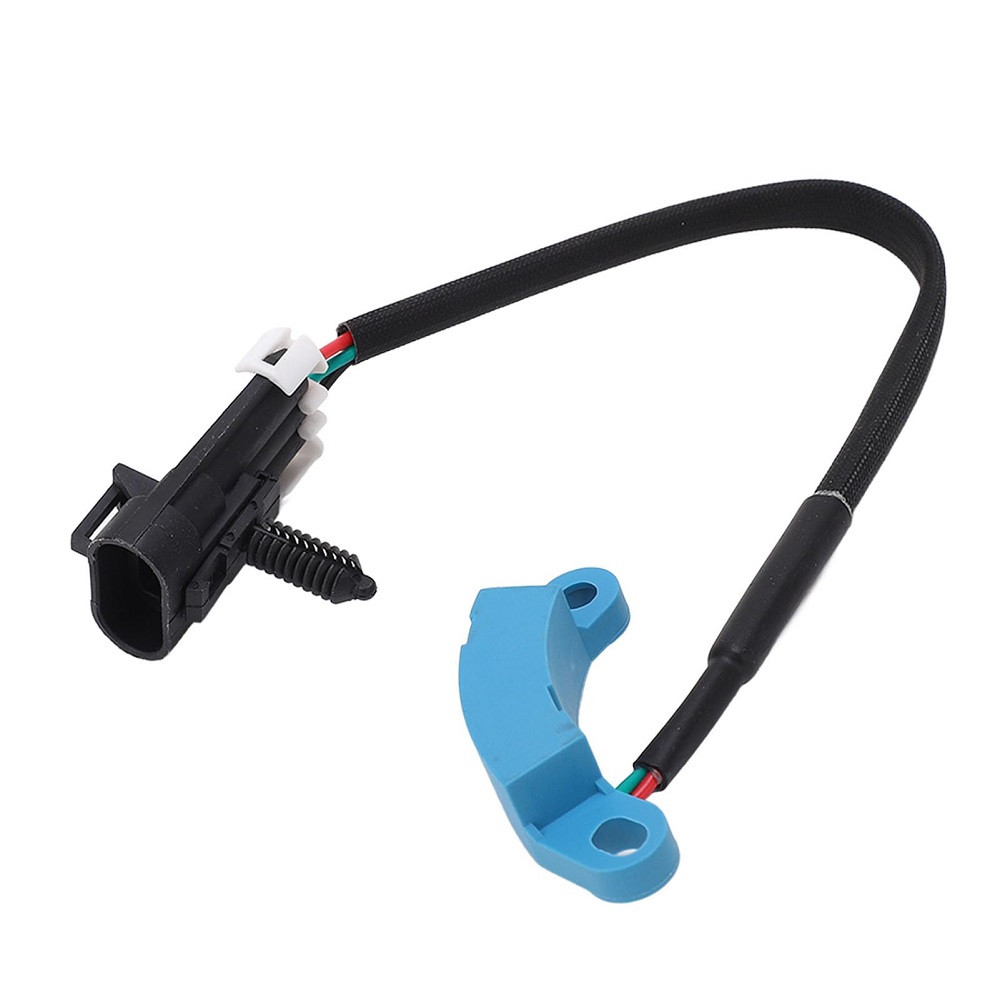
Symptoms of a Faulty Positioning Sensor
A faulty crankshaft positioning sensor can lead to many engine problems. Recognizing the symptoms early is important to prevent further damage.
Common Signs to Watch for
Here are some common signs that the crankshaft positioning sensor may be malfunctioning:
- Engine Misfires: Misfires happen because the sensor fails to send accurate timing information to the ECU.
- Difficulty Starting the Engine: A failing sensor can disrupt the ignition or fuel injection.
- Stalling While Driving: The car may unexpectedly stall due to interrupted signal transmission.
- Poor Acceleration: A damaged sensor affects timing, resulting in reduced power during acceleration.
- Engine Warning Light: Most modern vehicles will trigger the check engine light when there’s a sensor issue.
- Reduced Fuel Efficiency: Faulty timing can lead to improper fuel-to-air ratios, wasting fuel.
- Irregular Engine Idling: The engine may idle roughly or inconsistently due to incorrect signals.
If you notice one or more of these signs, it’s best to inspect the sensor.
Effects on Vehicle Operation
A faulty crankshaft positioning sensor can severely impact vehicle performance:
- Engine Stalls or Fails to Start: Without accurate crankshaft data, the engine may not run at all.
- Loss of Power: The engine may feel underpowered and unresponsive.
- Increased Emissions: Poor combustion timing can produce more exhaust pollutants.
- Higher Repair Costs: Ignoring the issue can damage other engine components, leading to expensive repairs.
Addressing sensor problems early helps maintain smooth engine operation and prevents costly damage.
Diagnosing Problems with Positioning Sensors
Detecting issues with a crankshaft positioning sensor is crucial for engine health. Proper diagnosis can prevent further damage and ensure smooth vehicle operation.
Tools and Techniques for Detection
To identify problems with a crankshaft positioning sensor, certain tools and techniques are essential:
- OBD-II Scanner: Connect the scanner to the vehicle’s diagnostic port to retrieve error codes. Error codes like P0335 often point to sensor issues.
- Multimeter: Use this device to check the sensor’s resistance and voltage output. Unusual readings may indicate a problem.
- Oscilloscope: This visual tool analyzes the signal waveform from the sensor. Irregular signals reveal malfunctions.
- Physical Inspection: Examine the sensor, wiring, and connectors for visible damages or dirt accumulation.
- Test Drive: Monitor vehicle performance during acceleration, idling, and starting for any abnormalities.
- Reference Vehicle Manual: Cross-check sensor specifications and expected readings for accurate diagnostics.
Combining these methods improves the accuracy of fault detection.
Common Diagnostic Challenges
Diagnosing a crankshaft positioning sensor can pose difficulties due to several factors:
- Intermittent Failures: Symptoms may appear sporadically, making the issue hard to replicate during tests.
- Wiring Problems: Damaged or corroded wires can mimic sensor failure. Inspect wiring thoroughly.
- Similar Symptoms: Issues like misfires or stalling overlap with other component failures, causing confusion.
- Sensor Placement: Sensors located in hard-to-reach areas add complexity to inspections.
- Faulty ECU Interpretation: An engine control unit misreading sensor data may mislead diagnosis efforts.
- Damage from Other Sources: Dirt, oil, or mechanical impacts might damage the sensor indirectly.
Careful testing and patience are key to overcoming these challenges. Seeking professional help for advanced diagnosis is advisable when needed.
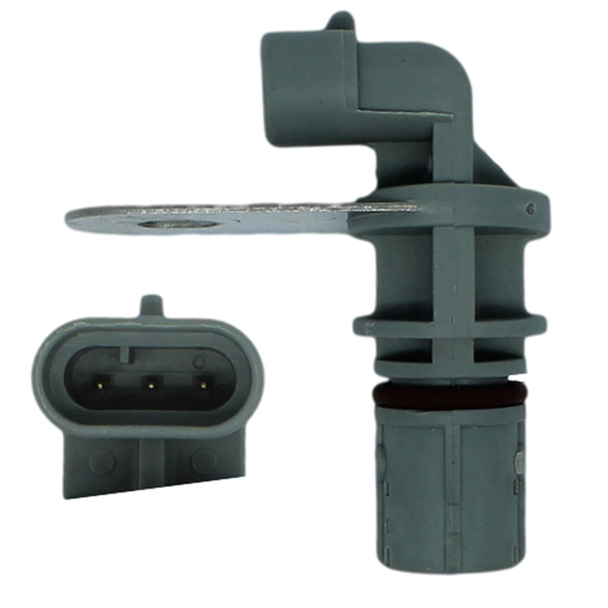
Replacing or Repairing a Positioning Sensor
A faulty crankshaft positioning sensor can affect vehicle performance significantly. Replacing or repairing it promptly ensures smooth engine operation. Below is a guide for replacement and tips for maintaining the sensor.
Step-by-Step Replacement Guide
Replacing a crankshaft positioning sensor requires attention to detail. Follow these simple steps:
- Locate the Sensor: Use the vehicle manual to find the sensor’s exact position.
- Disconnect the Battery: Remove the battery’s negative terminal to prevent electrical accidents.
- Remove Obstructions: Take out any components blocking access to the sensor, like covers or wires.
- Unplug the Sensor: Disconnect the wiring harness attached to the sensor carefully.
- Unscrew Sensor Bolts: Use a wrench to remove bolts securing the sensor to the engine block.
- Install New Sensor: Place the new sensor in the previous position and tighten the bolts securely.
- Reconnect Wires: Plug the wiring harness into the new sensor correctly.
- Reassemble Components: Put back all removed engine parts or covers.
- Test for Functionality: Reconnect the battery. Start the vehicle and check sensor functionality using an OBD-II scanner.
- Check Engine Performance: Ensure issues like misfires or stalling are resolved.
Proper installation ensures the new crankshaft positioning sensor works efficiently.
Tips for Maintenance and Prolonged Sensor Life
Maintaining your crankshaft positioning sensor improves its lifespan. Follow these tips:
- Clean the Engine Area: Keep the sensor free from dirt, oil, and debris.
- Inspect Wiring Regularly: Check wires for corrosion or damage and replace them as needed.
- Avoid Overheating: Prevent excessive engine heat that could damage the sensor.
- Use Quality Replacement Parts: Always opt for OEM or high-quality sensors during replacement.
- Perform Regular Diagnostics: Use tools like scanners to catch early signs of sensor issues.
- Check Mounting Bolts: Ensure bolts holding the sensor are tight to avoid vibrations.
- Service the Engine Periodically: Routine maintenance helps protect crucial components like the sensor.
By following these practices, you can extend the sensor’s life and minimize repair costs.
Replacing or maintaining a crankshaft positioning sensor is key to optimal vehicle performance. Regular care ensures your vehicle runs smoothly and efficiently.
Frequently Asked Questions About Positioning Sensors
Crankshaft positioning sensors are crucial for engine efficiency and performance. This section tackles common questions.
Troubleshooting FAQs
1. How do I check if my crankshaft positioning sensor is faulty?
Use an OBD-II scanner to read error codes. Check sensor voltage using a multimeter.
2. What does the error code P0335 mean?
It indicates a problem with the crankshaft positioning sensor or its circuit.
3. Can a bad sensor damage my engine?
Yes, it can affect fuel injection and ignition timing, leading to engine issues.
4. Can I drive with a faulty crankshaft positioning sensor?
Driving is possible, but it’s risky. Poor timing can reduce performance and cause stalls.
5. What tools are needed for testing the sensor?
You need an OBD-II scanner, multimeter, and possibly an oscilloscope for advanced testing.
6. Can cleaning the sensor fix the problem?
Cleaning dirt or debris might resolve minor issues but won’t fix internal failures.
7. How long does replacing the sensor take?
Replacing a crankshaft positioning sensor usually takes 1-2 hours.
Importance of Professional Assistance
1. When should I seek professional help?
If your diagnostics tools show irregular results, consult a mechanic for an expert opinion.
2. Can professionals detect hidden issues?
Yes, trained technicians use advanced tools and experience to identify unnoticed problems.
3. What if the problem lies beyond the sensor?
Professionals can diagnose related components like wiring or the ECU for broader issues.
4. Are professional repairs always reliable?
Most professional services use quality parts and follow standards, ensuring long-term solutions.
5. Can routine visits prevent sensor issues?
Yes, regular check-ups can prevent problems, extend sensor life, and improve performance.
Understanding and maintaining your crankshaft positioning sensor helps avoid engine problems and costly repairs.
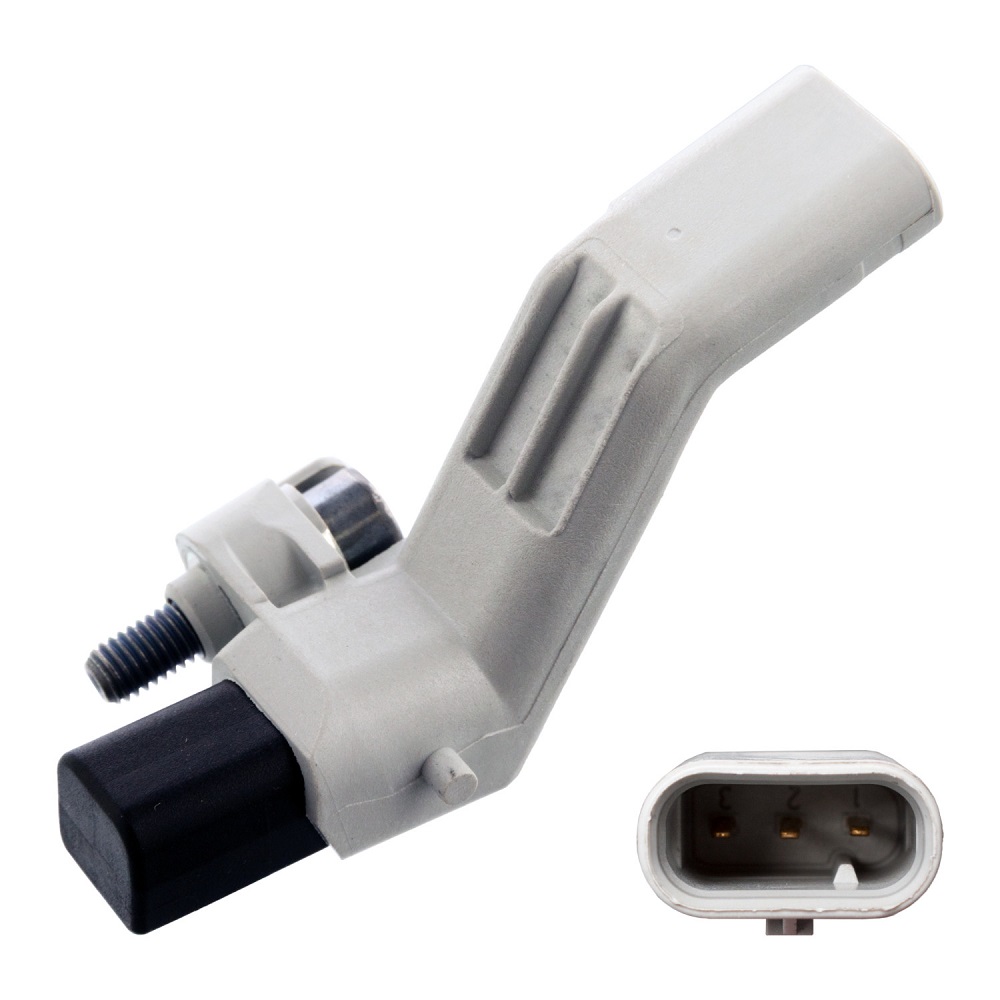
The Future of Crankshaft Positioning Sensors
Technological Advancements
As automotive technology continues to evolve, the design and functionality of crankshaft positioning sensors are also improving. Newer models are being developed to offer even more accurate readings and faster response times. These advancements help enhance the overall efficiency of engine management systems.
For example, some modern sensors utilize advanced magnetic sensing technologies that provide greater accuracy in detecting crankshaft position. This improvement can lead to better fuel efficiency and reduced emissions, aligning with the industry’s push for greener technologies.
Integration with Engine Management Systems
The future of crankshaft positioning sensor also lies in their increased integration with sophisticated engine management systems. As vehicles become more connected, the data generated by these sensors can be utilized alongside other engine parameters to optimize performance in real time.
This integration allows for more advanced diagnostics and monitoring, providing drivers with critical feedback about their engine’s health. Enhanced engine management systems can lead to improved performance, greater emissions control, and better overall vehicle efficiency.
Emphasis on Reliability and Durability
As the demand for high-performance engines rises, so does the need for reliable and durable components. Manufacturers are focusing on creating sensors that withstand harsh conditions, such as extreme temperatures and vibrations.
By improving the reliability of crankshaft positioning sensors, manufacturers can ensure that they contribute positively to overall engine performance. High-quality sensors will allow for smoother operation and longer-lasting performance, ultimately benefiting consumers and the automotive industry.
Conclusion
The crankshaft positioning sensor is a crucial component of modern internal combustion engines. Its role in monitoring the crankshaft’s position enables the engine to operate efficiently and effectively. Understanding how the sensor functions, its advantages, and how to maintain it is essential for vehicle owners and automotive enthusiasts alike.
By recognizing the signs of a failing sensor and adhering to regular maintenance practices, you can ensure your engine performs at its best. Selecting quality replacement parts and engaging skilled technicians can further enhance your vehicle’s performance.
Furthermore, staying informed about advancements in crankshaft positioning sensor technology is essential as the automotive industry evolves. By investing in reliable sensors, you contribute not only to the performance of your engine but also to the eco-friendliness of your vehicle.
Ultimately, the crankshaft positioning sensor plays a vital role in your vehicle’s function. A well-maintained sensor ensures a smooth and efficient engine, translating into an enjoyable driving experience. Whether you are a seasoned driver or a new car owner, knowing the importance of this essential component can enhance your understanding of engine mechanics and performance.
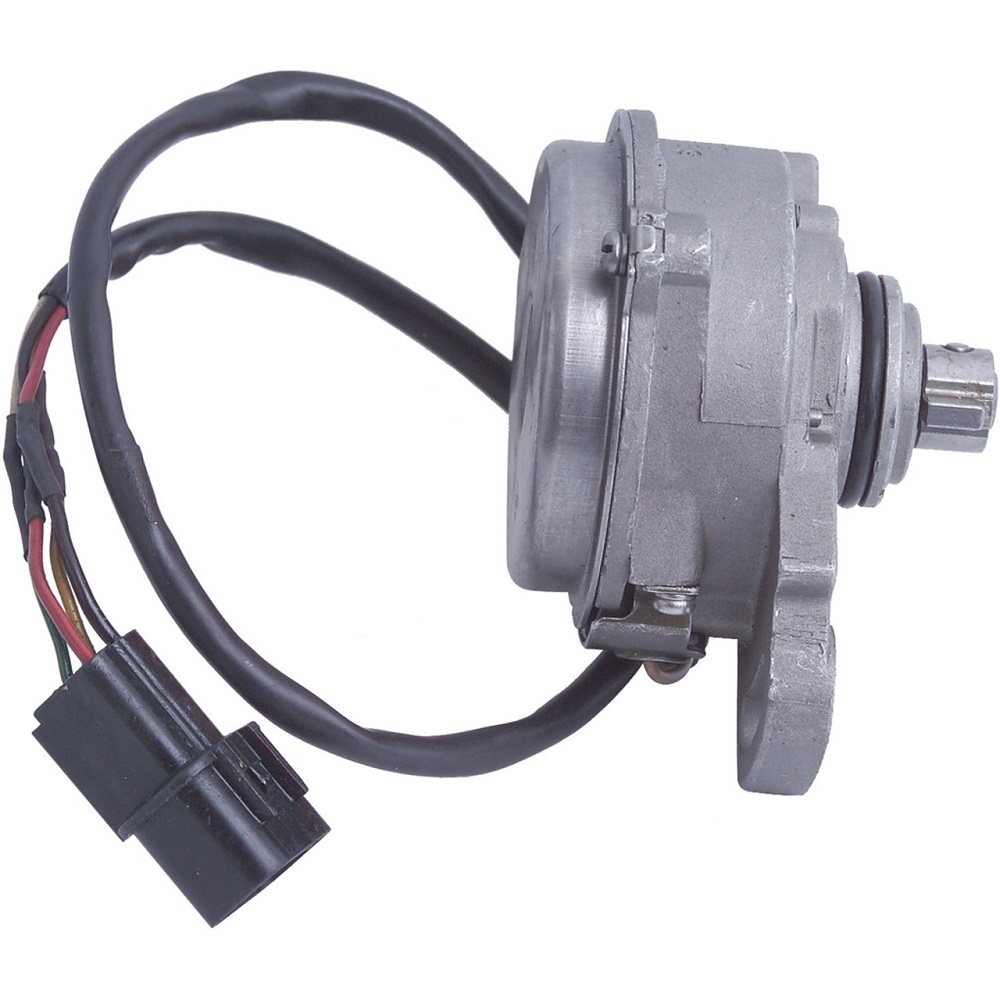
Leave a Reply